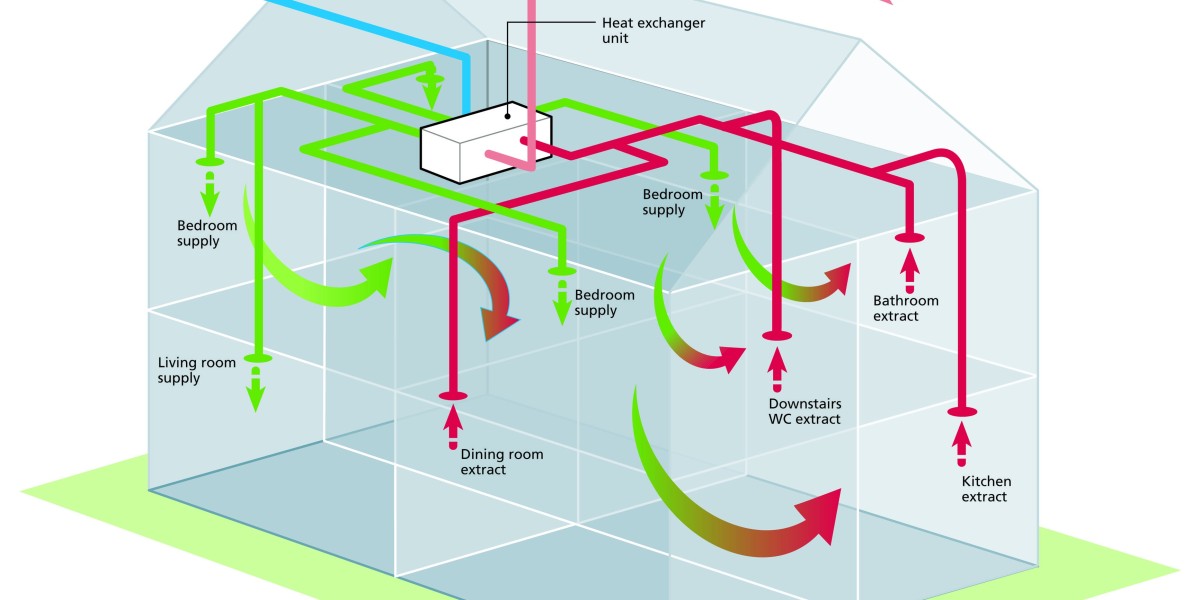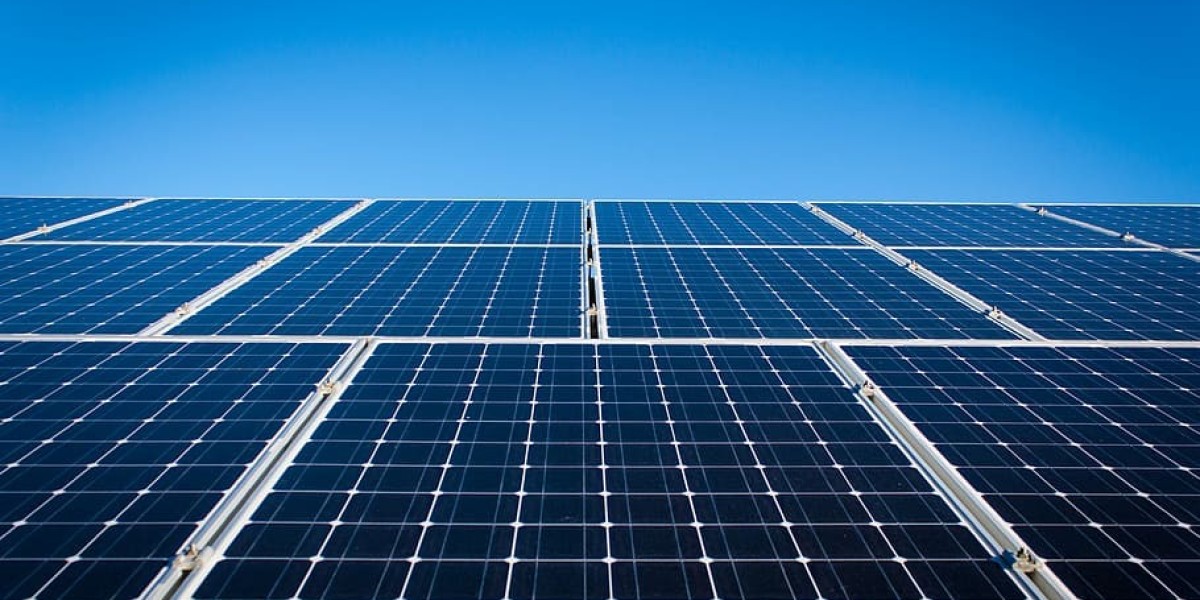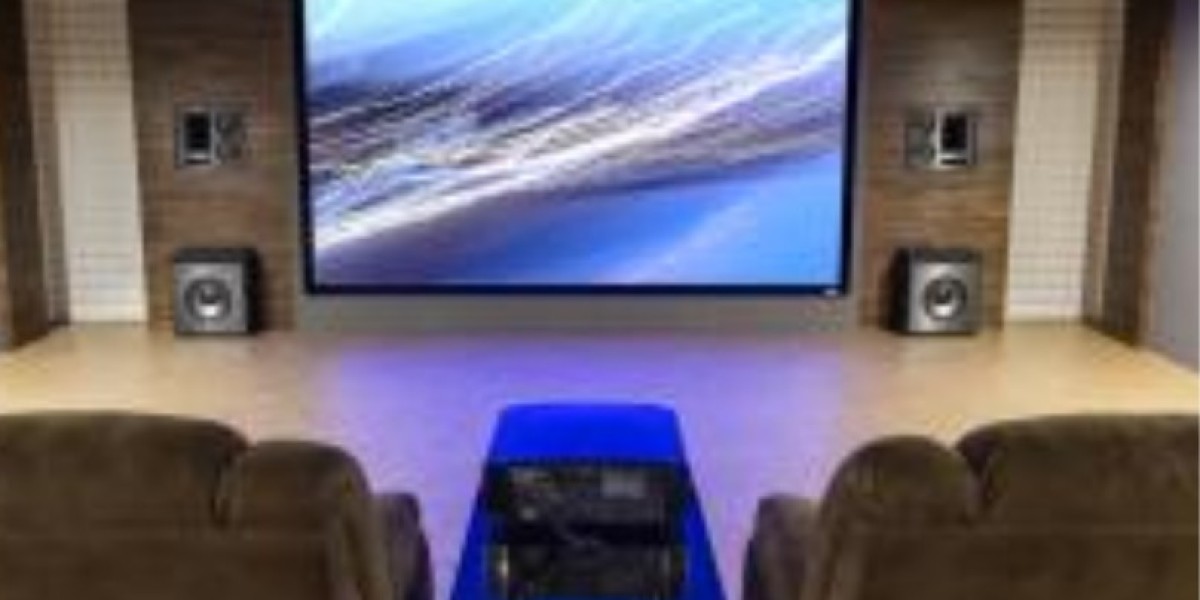Exhaust air heat pumps first ventilate the house and then use the latent energy in the ventilation to provide heating and hot water. They are a cost-effective solution that meets Building Regulation requirements for controlled ventilation and improved indoor air quality.
These systems require a series of ducts, so are best suited to new build flats and houses. You should seek quotes from MCS certified installers to ensure your system is installed correctly.
Energy-efficient
Exhaust air heat pumps are a very energy efficient option for heating. They use the energy from warm indoor air that would otherwise be lost to the outside to heat water and supply ventilation in your house. The resulting energy savings make them an excellent choice for those looking to reduce carbon emissions and lower their yearly energy bills.
They are suitable for homes with a central heating system, radiators, underfloor heating or water-borne heating systems like a duct system or a hot water cylinder. The warm indoor air is drawn in through standard window vents or wall vents, and then flows to the heat pump’s evaporator. The cooled refrigerant in the pump absorbs the air’s heat and evaporates into gas. The gas is then led to the compressor.
The compressor increases the pressure and temperature of the liquid refrigerant, which is then used to heat up your water for space heating or for supplying a hot water cylinder. The cooled refrigerant then passes to the evaporator again and the cycle repeats.
Economical
Heat energy is derived from waste air in your home, which would otherwise be vented outdoors. This warm air is used to heat your building and hot water, saving you on your energy bills. This eco-friendly technology reuses energy from 'waste' ventilation air and is easy to install.
Exhaust air heat pumps are low on electricity, so they’re ideal for maximising energy generated by renewables. However, it’s important to use an MCS approved installer when installing an air-to-water EAHP.
Since a series of ducts are needed to transfer the warm air, these systems tend to be installed during new build construction rather than being retrofitted into existing buildings. It’s worth getting three quotes from MCS approved installers to find the best value deal. An MCS approved installer will ensure that your new system meets high standards of performance and safety. They can also help you with your funding options and application. They will provide a comprehensive service for the duration of your warranty.
Environmentally friendly
Exhaust air heat pumps recycle energy that would otherwise be lost to the outside. This energy can be used to heat fresh air coming into the building or to provide hot water. This technology is an excellent choice for new-build or retrofit projects, especially those with a high energy performance target.
The heat pump uses a special refrigerant to capture and store this heat. Then, when heating or hot water is required, the refrigerant is reconditioned in a second heat exchanger before it is pumped to the heating system or domestic hot water cylinder.
To maximize its energy efficiency, the exhaust air heat pump can use advanced air distribution to reduce the ventilation load and enhance the evaporation temperature. This increases the COP of the heat pump, reducing electricity consumption. This type of heat pump is also a great option for buildings with a low demand for heating, such as office buildings or hospitals. In addition, it can help to reduce greenhouse gas emissions.
Easy to install
Exhaust air heat pumps re-use latent heat energy in warm, stale indoor air to help heat your building or hot water. They are highly energy-efficient and help reduce heating costs. They also improve ventilation, which is a requirement of building regulations.
They extract pre-heated, stale air from bathrooms, utilities rooms and kitchens, then pass it through an evaporator. This converts the air’s heat energy into a gas, and this is used to heat the building or hot water.
This air is then exhausted to the outside through vents in the roof. A fan is then used to recirculate the air through the house, with fresh outdoor air drawn in to replace it.
It is best to use a Microgeneration Certification Scheme (MCS) accredited installer when installing an exhaust air heat pump, as this ensures you are getting the best quality installation for your money. Obtain quotes from three installers and make your decision based on value and reliability.








